Membrane Transporter/Ion Channel
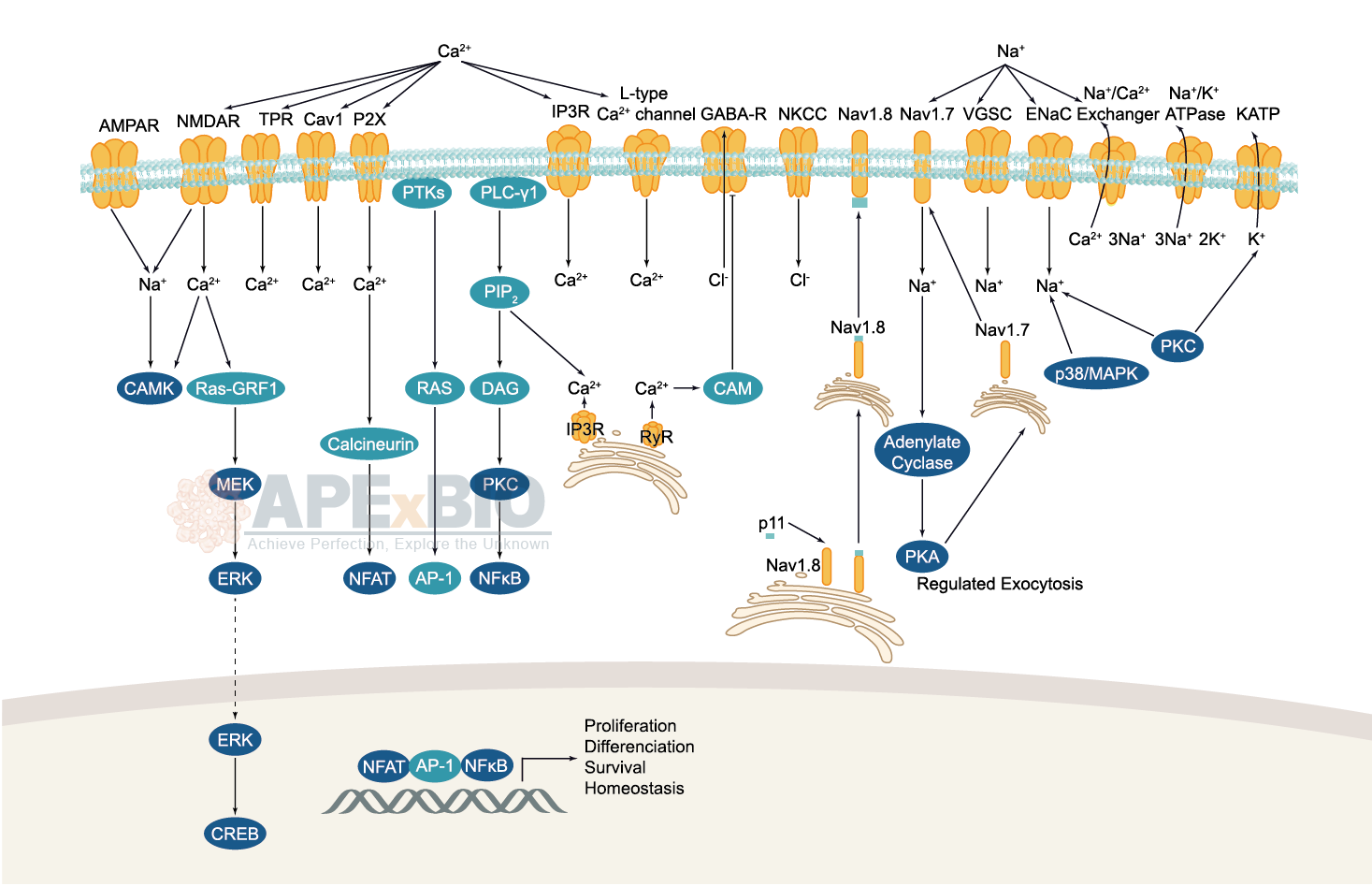
Ion channels are pore-forming membrane proteins which allow the flow of ions across the membrane. The ion channels can be broadly grouped into six families including calcium channels, chloride channels, potassium channels, sodium channels, gap junction proteins and porins. Not all ion channels are gated, such as certain type of K+ and Cl– channels, transient receptor potential superfamily of cation channels, the ryanodine receptors and the IP3 receptors, but most Na+, K+, Ca2+ and some Cl– channels are all gated by voltage. Ligand-gated channels are regulated in response to ligand binding (e.g. neurotransmitters signaling). These ligand-gated neurotransmitter receptors are known as ionotropic receptors. Various neurotransmitters couple to ionotropic receptors such as glutamate, acetylcholine, glycine, GABA, and serotonin.
-
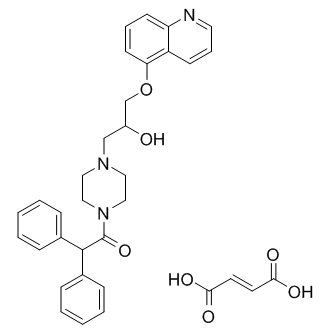 B1167 Dofequidar fumarateSummary: MDR reversal agent
B1167 Dofequidar fumarateSummary: MDR reversal agent -
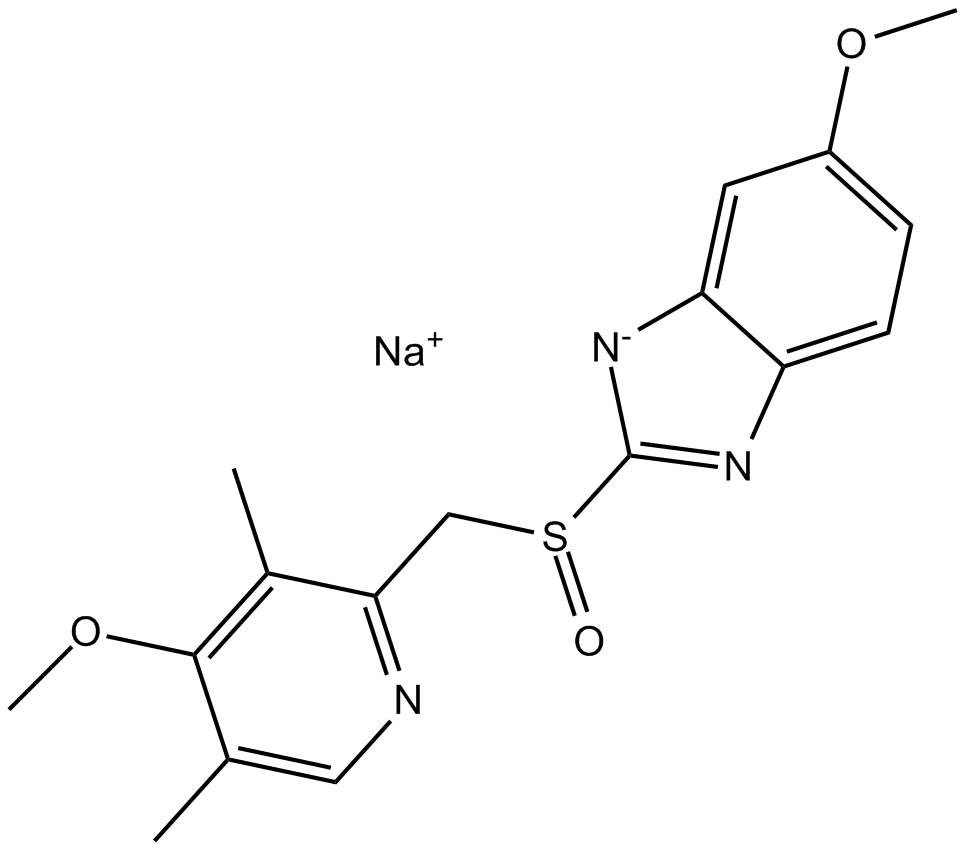 B1388 Esomeprazole SodiumSummary: Proton pump inhibitor
B1388 Esomeprazole SodiumSummary: Proton pump inhibitor -
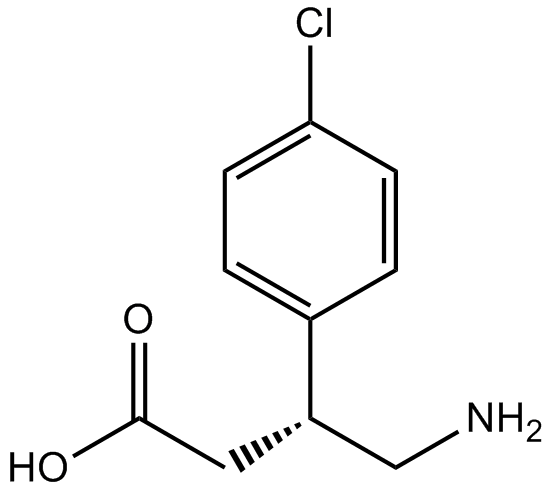 B1531 (R)-baclofenTarget: GABAB ReceptorsSummary: GABA receptor agonist
B1531 (R)-baclofenTarget: GABAB ReceptorsSummary: GABA receptor agonist -
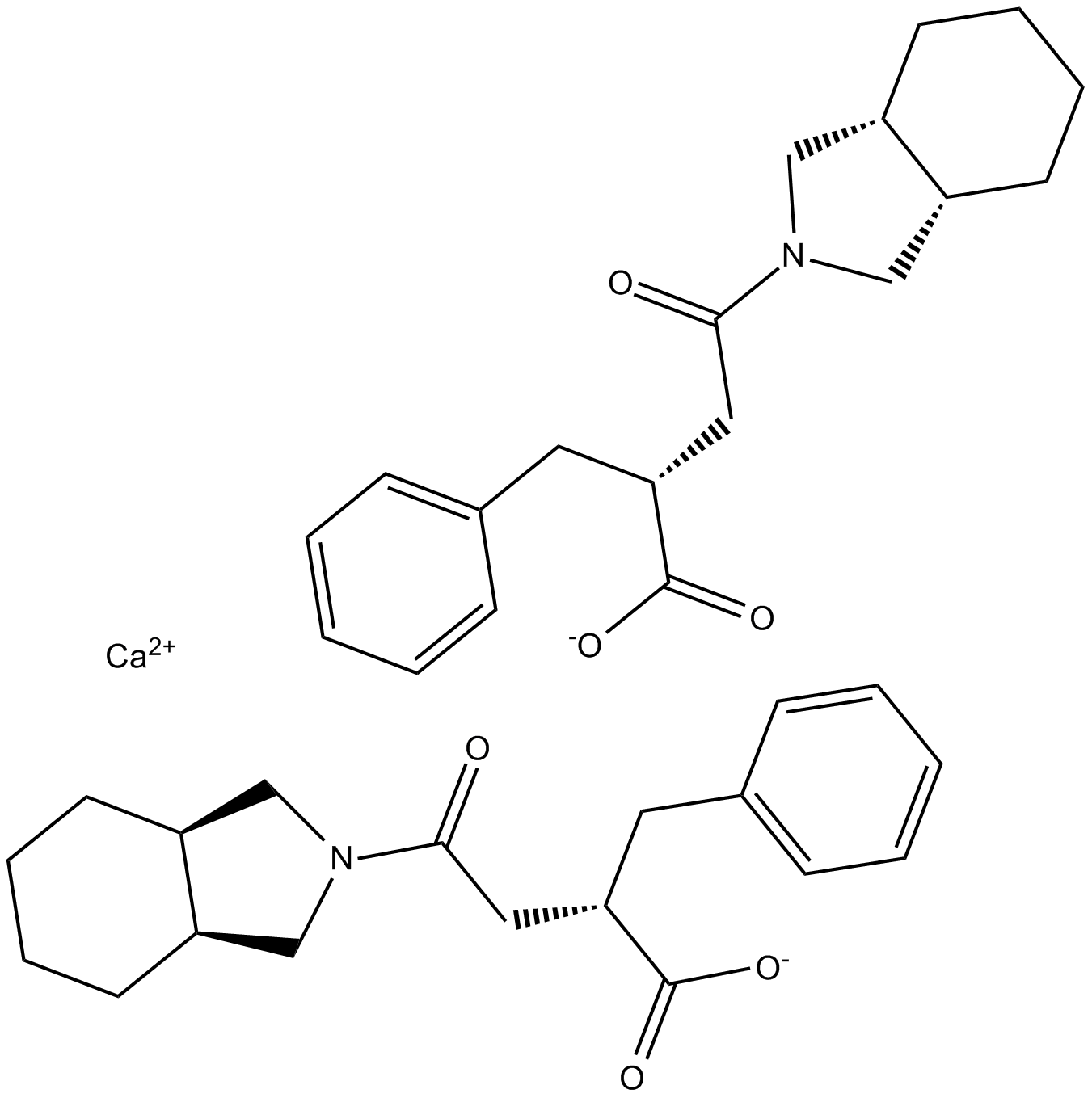 B2193 Mitiglinide CalciumTarget: Inward Rectifier Potassium (Kir) ChannelsSummary: Potassium channel inhibitor
B2193 Mitiglinide CalciumTarget: Inward Rectifier Potassium (Kir) ChannelsSummary: Potassium channel inhibitor -
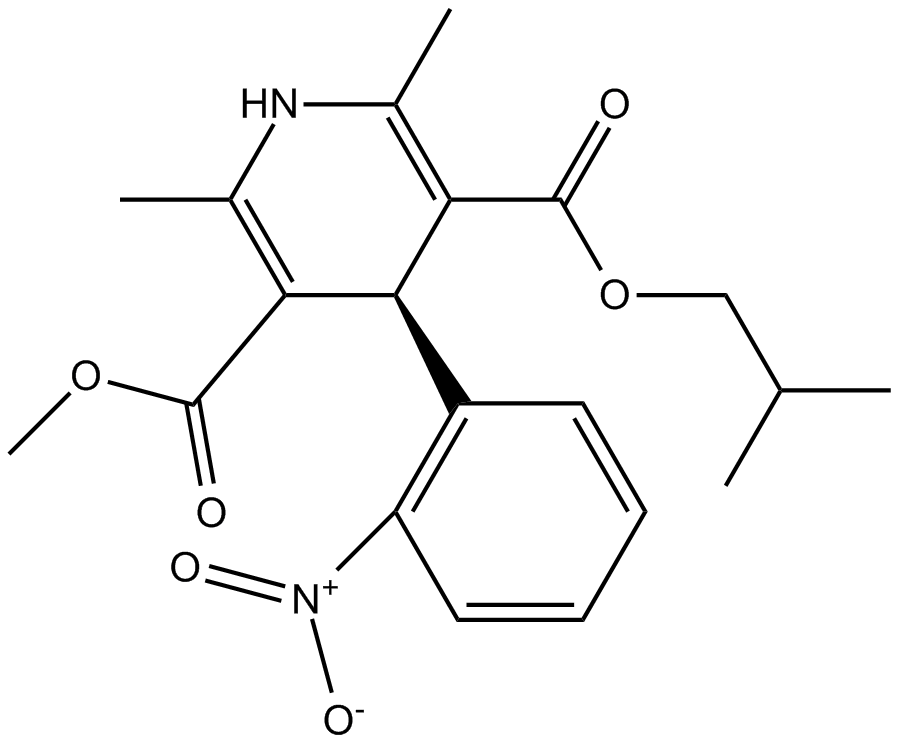 B1989 NisoldipineTarget: Voltage-gated Calcium Channels (CaV)Summary: calcium channel blocker
B1989 NisoldipineTarget: Voltage-gated Calcium Channels (CaV)Summary: calcium channel blocker -
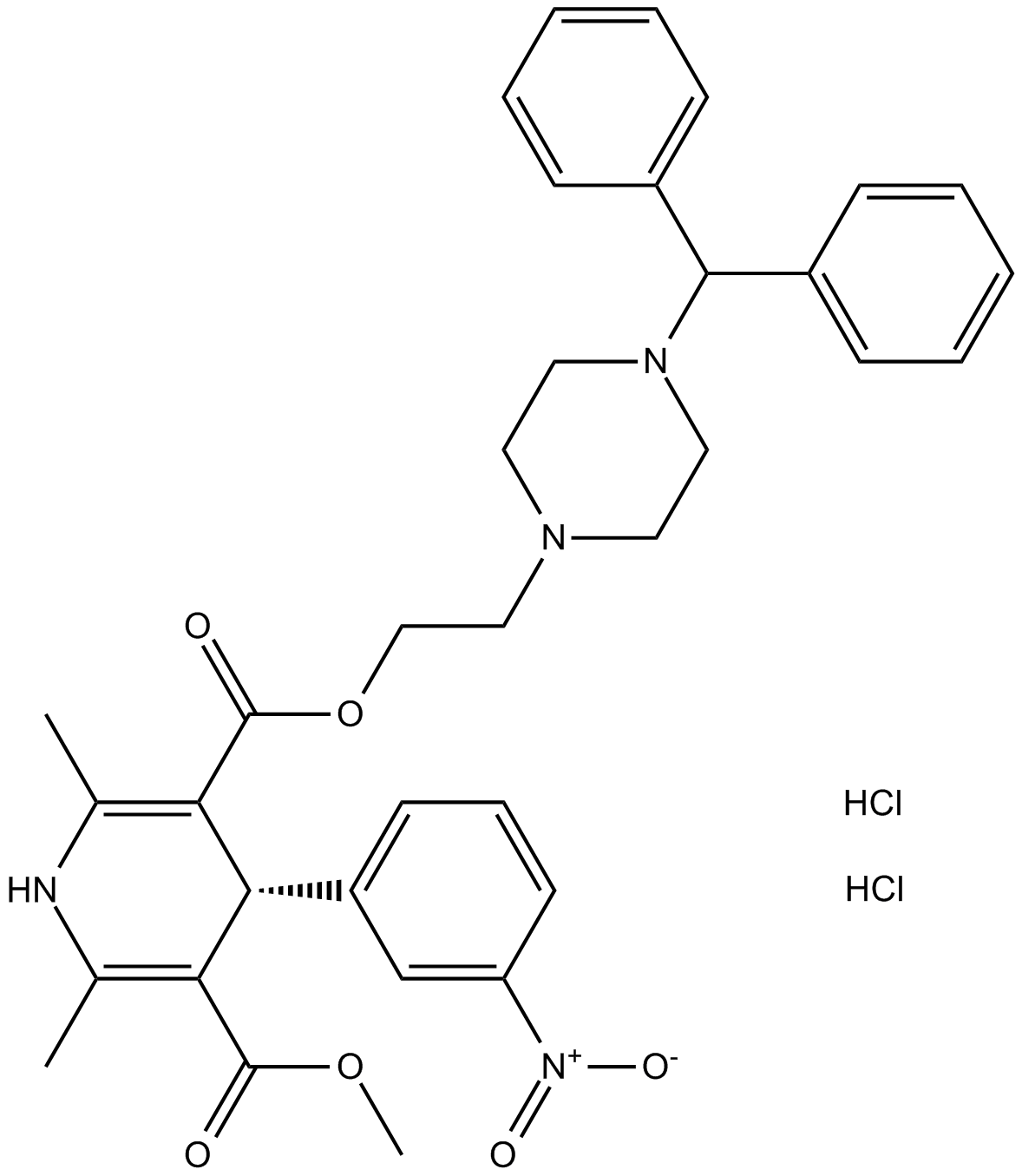 B1419 Manidipine 2HClSummary: Calcium channel blocker
B1419 Manidipine 2HClSummary: Calcium channel blocker -
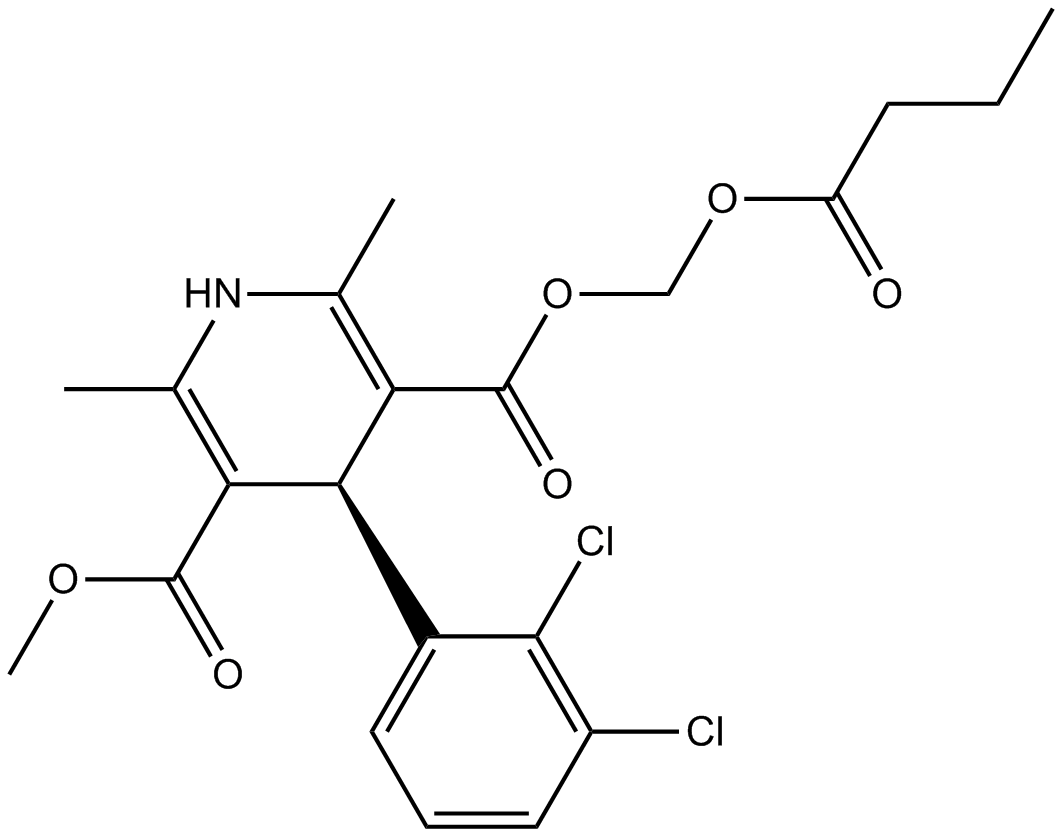 B1415 Clevidipine ButyrateSummary: Dihydropyridine calcium channel blocker
B1415 Clevidipine ButyrateSummary: Dihydropyridine calcium channel blocker -
 B1087 GlyH-101Target: CFTRSummary: CFTR Inhibitor II
B1087 GlyH-101Target: CFTRSummary: CFTR Inhibitor II -
 B1935 Dronedarone HClSummary: Antiarrhythmic drugs
B1935 Dronedarone HClSummary: Antiarrhythmic drugs -
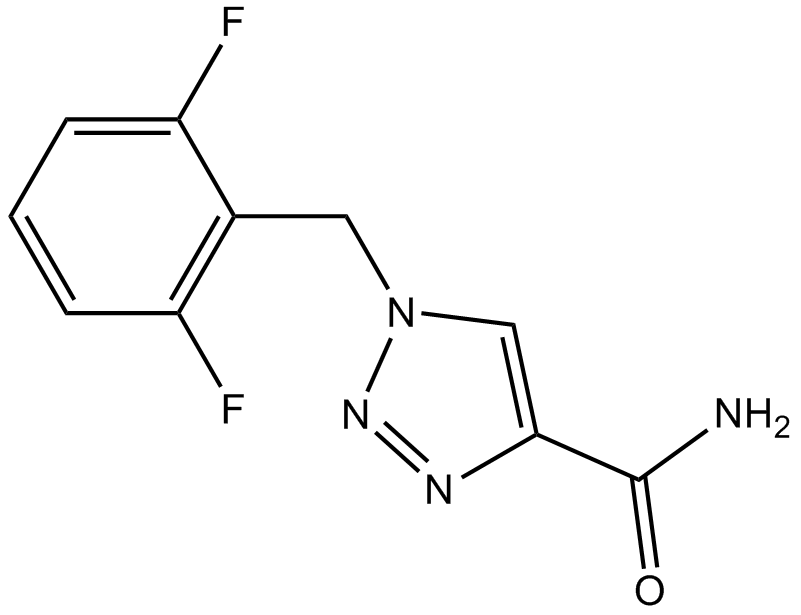 B2280 RufinamideSummary: voltage-gated sodium channel blocker
B2280 RufinamideSummary: voltage-gated sodium channel blocker

